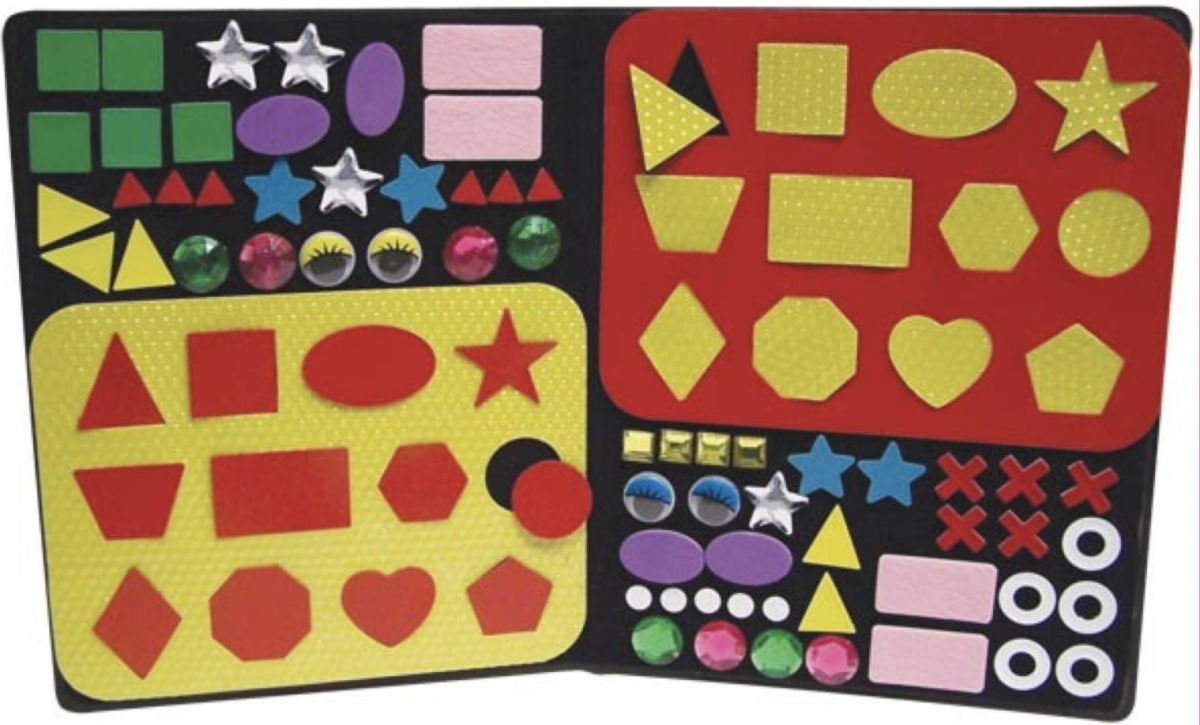Jim Durkel discusses the Wheatley Picture Maker from APH

In his blog, Jim Durkel of TSBVI, examines the question of how can we support the participation of children with visual impairments in emergent writing activities. He discussed the Wheatley Picture Maker, available from APH, and offers ideas about how it can be used to encourage children with visual impairments to participate in emergent writing activities.
I just listened to a presentation on emerging writing in children who are 3-5 years of age. What I kept thinking to myself was “How can we support the participation of children with visual impairments in emergent writing activities?”
Here is a definition of emergent writing and a link to the paper it came from:
“The broad construct of emergent writing includes the physical marks that young children make on paper, the meanings that children attribute to these markings, and the social contexts in which the writing takes place (Clay, 1975; Rowe, 2008).” p.54
Getting the physical marks on paper may be the hardest part for a child with a visual impairment. In children with typical vision, these marks start out as scribbles and/or pictures.
For some children with visual impairments, just providing high contrast markers, good lighting, using a light box as a writing surface, using a slant board, etc. may be all that is needed to encourage scribbling and drawing.
For other children, including those who may go on to use print, the act of creating marks may be too difficult a task even though the child would otherwise be an emerging writer. This may be because coordinating low vision with the necessary motor skills is too hard at this time or, for the future braille user, it may be that the child physically can’t operate a braille writer or use a slate and stylus to create scribbles to which they can easily attribute meaning.
Fortunately, the American Printing House for the Blind (APH) might point the way to a solution in the form of the Wheatley Picture Maker.
The Wheatley is probably used more for orientation and mobility lessons, creating maps, or creating charts. It has a number of pieces that vary in shape, color, and texture, to attach to a felt board. I believe that these pieces could be used by an emerging writer to create pictures that could be used as writing.
Taking this concept further, one could create one’s own “Wheatley” by collecting a variety of small pieces of materials that vary by shape, color, and texture and attaching Velcro to them so they can be used on a homemade felt board.
The child can then use these pieces to draw and “write”. The pieces would need to vary in ways the child can perceive. Miniatures would not work here; they really don’t convey good tactile information and the point is that the child, not the piece, is creating the meaning. If the child wants to use a red rough triangle to represent a dog, that is the child’s creative choice. If the child wants to use 3 different pieces to represent a dog, again, that is the child’s choice. The child is learning that his or her creations have meaning that he or she can then read to another. We might think a piece of fake fur would best represent the dog and a child might choose this. But the point isn’t what we think. It is giving the child the control to create and attribute meaning.
Notice, this is different than providing a tactile book where someone else has chosen the representation. The difference would be like having a book with the pictures all drawn in (your usual picture book) and a picture the child has drawn on his or her own. Picture books and tactile books have a huge role in a child’s emerging literacy but don’t support emerging writing the same way as when the child is involved in creating the drawings or tactile representations.

